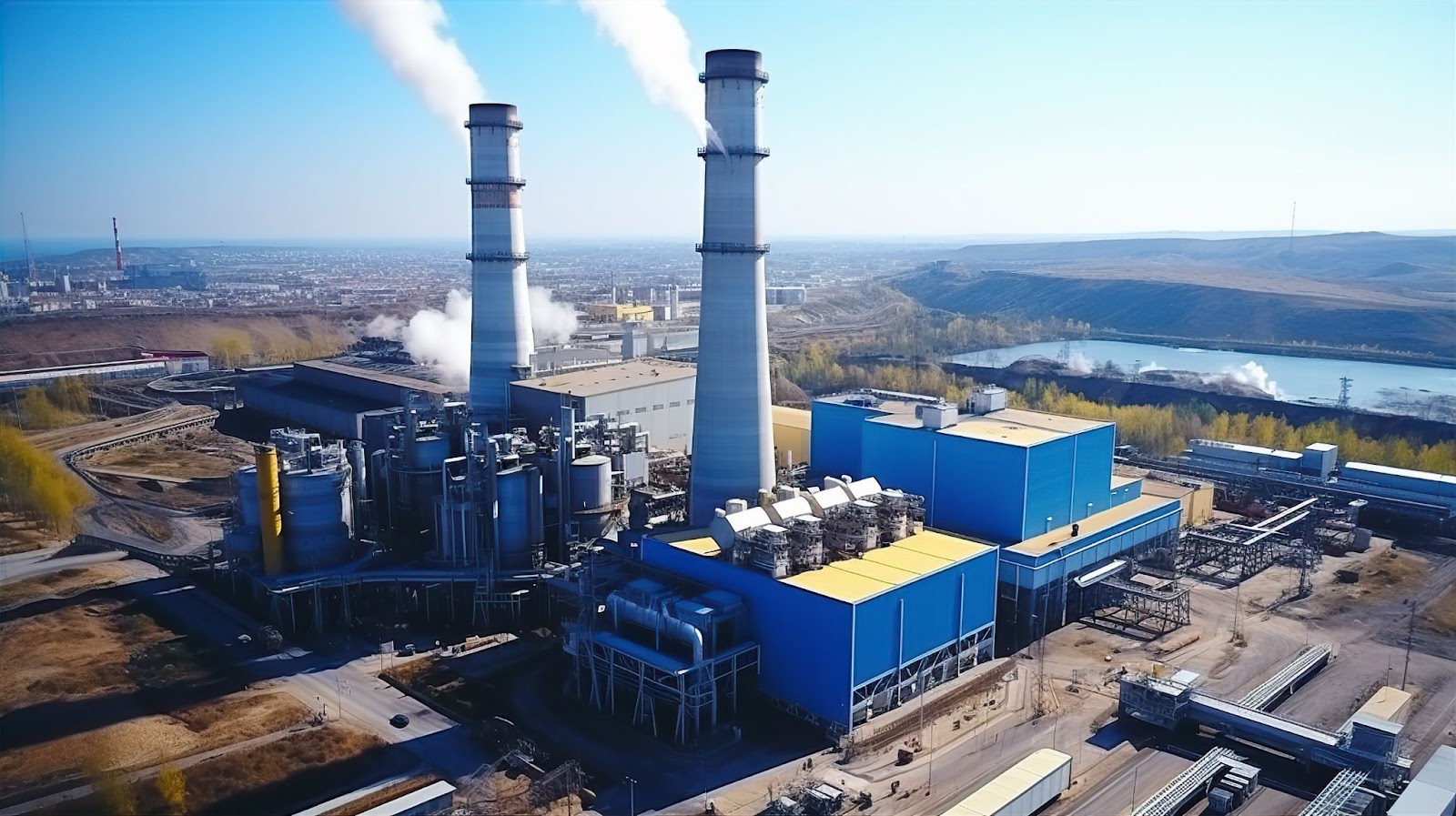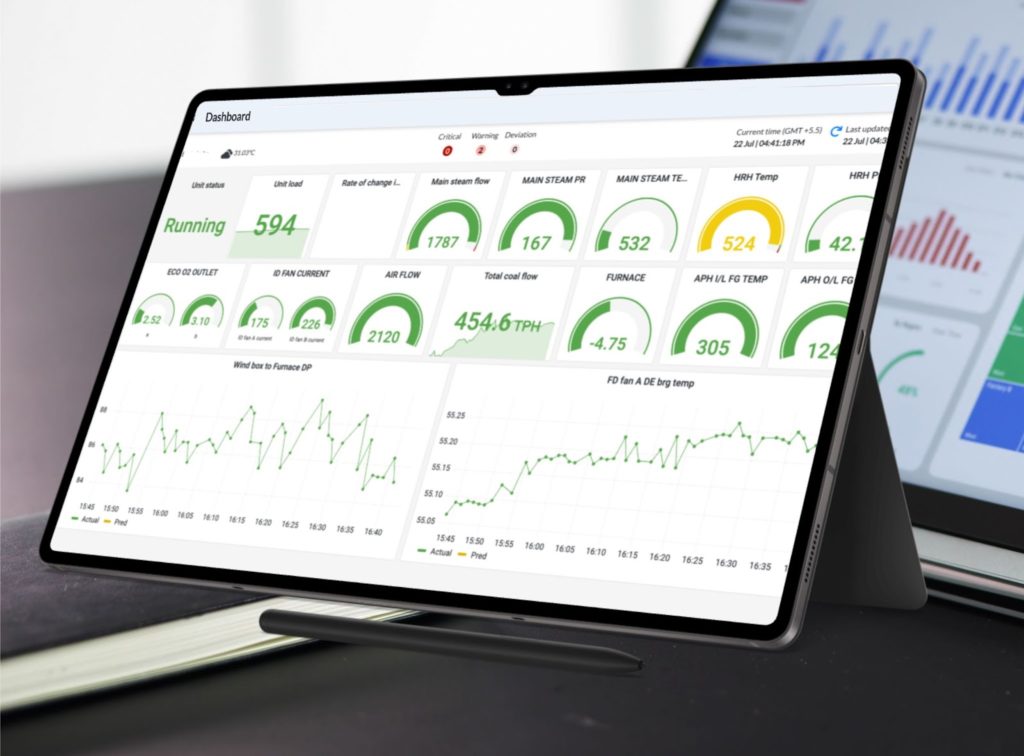Overview
In industrial boiler operations, attaining and maintaining the optimal efficiency level is crucial in minimizing emissions, lowering energy consumption, and decreasing operational costs. Fouling and suboptimal combustion are a few reasons for boiler inefficiencies, especially when dealing with fluctuating fuel quality. The Pulse Intelligent Digital Twin solution delivers real-time optimization for soot blowing cycles and combustion processes, driving enhanced efficiency, reduced equipment failures, and increased longevity for critical boiler components.




